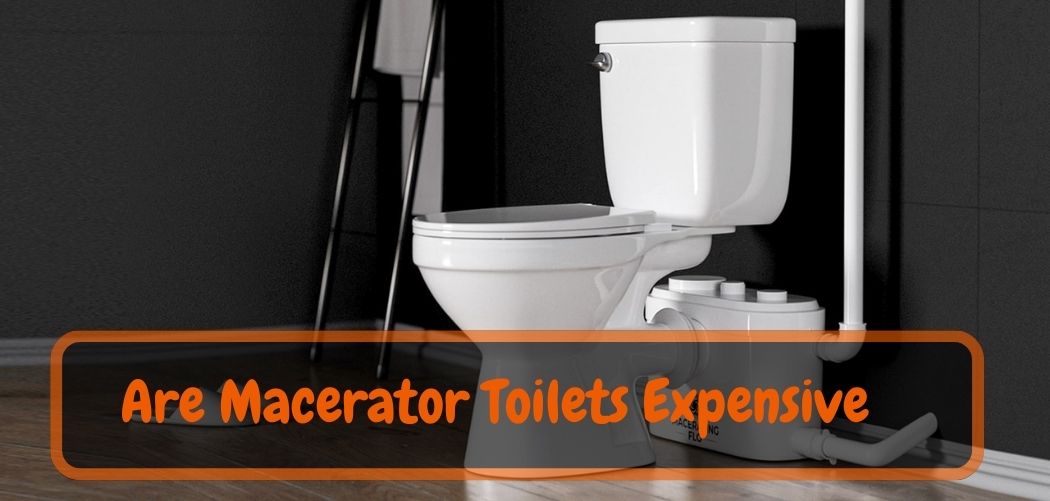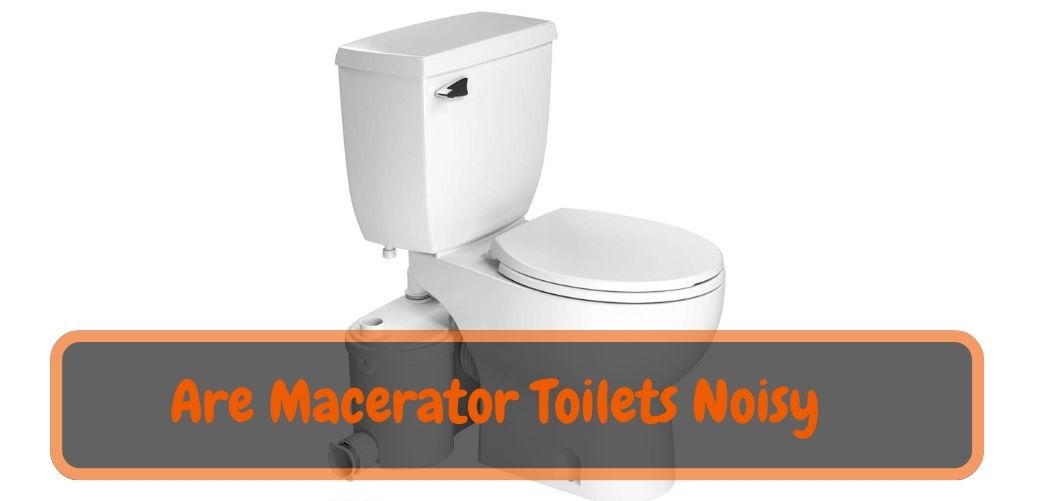Toilet flush performance is influenced by three factors: the size of the toilet trapway, the flush valve, and the water delivery system. The trapway determines how much waste can pass through and how quickly it can move through the drain.
The flush of a toilet, often taken for granted, is a marvel of engineering that combines hydraulic principles and design precision to efficiently remove waste and maintain cleanliness. Yet, not all toilets offer the same flushing performance.
Some effortlessly whisk away debris with a single flush, while others may require multiple attempts, leading to frustration and water wastage. So, what sets apart a toilet that flushes better? In this exploration, we delve into the intricate mechanisms,
Innovative technologies, and crucial design elements that contribute to a toilet’s flushing prowess. Whether you’re seeking optimal water conservation or simply a consistently effective flush, understanding the factors that make a toilet flush better can transform this everyday necessity into a remarkable blend of science and convenience.
Understanding The Mechanics Of Toilet Flush Power
Toilet flush power is essential for efficient use of the bathroom. Basically, it refers to the ability of a toilet to flush effectively without clogging or requiring multiple flushes. Gravity flush toilets work by relying on gravity to flush waste away from the bowl.
Pressure-assisted toilets, on the other hand, use pressure to expel waste. They are known for their powerful flushes. Dual-flush toilets are more water-efficient compared to other types by allowing users to choose between two flush options.
Factors affecting flush power include the design of the bowl, the size of the trapway, and the type of flush mechanism. By understanding the mechanics behind toilet flush power, you can make informed decisions when selecting your next toilet.
The Guide: What Makes a Toilet Flush Better?
The seemingly mundane act of flushing a toilet conceals a complex interplay of mechanics, physics, and design that determine whether waste is efficiently removed in a single flush or requires repeated attempts. A toilet.
That flushes effectively not only ensures cleanliness but also contributes to water conservation and user satisfaction. In this comprehensive guide, we’ll delve into the key factors that influence a toilet’s flushing performance, shedding light on the science behind it and the features that make a toilet flush better.
1. Introduction to Toilet Flushing Efficiency:
Importance of efficient toilet flushing
Water conservation and environmental impact
2. Hydraulic Principles at Play:
Gravity-based flush systems
Pressure-assisted flush systems
Dual-flush technology
3. Design Elements for Better Flushing:
Trapway design and diameter
Bowl shape and surface coatings
Flapper and valve technology
4. Flushing Technologies and Innovations:
Siphonic action for enhanced flushing
Rimless and vortex-flush designs
Vacuum-assisted flush systems
5. Water Efficiency and Eco-Friendly Flushing:
Low-flow toilets and water-saving regulations
Benefits of reduced water consumption
Performance vs. water conservation
Also Read: How Do I Choose a Toilet Flush?
6. Maintaining Optimal Flushing Performance:
Preventing clogs and blockages
Regular cleaning and maintenance tips
Identifying signs of flushing issues
7. Choosing the Right Toilet for Better Flushing:
Understanding flush ratings and standards
Evaluating different flushing mechanisms
Considering user reviews and recommendations
Also Read: Is Toto Toilet Better Than Kohler Toilet? The Ultimate Guide!
8. DIY Solutions for Improved Flushing:
Adjusting water levels in the tank
Replacing flappers and valves
Ensuring proper venting for air circulation
9. Future Trends in Toilet Flushing Technology:
Smart toilets with automated features
Advancements in water-efficient flush systems
Integration with home automation systems
10. Conclusion:
The art and science of efficient toilet flushing
Making informed choices for a better flushing experience
Also Read: Is Soft Or Strong Toilet Paper Better?
The Importance Of Toilet Flush Power
Toilet flush power is crucial for effective waste removal, preventing clogs, and maintaining hygiene. Inadequate flush power can result in frequent clogs, which lead to expensive plumbing repairs. Poor flushing can also cause unpleasant odors and unsanitary conditions,
Spreading germs and bacteria throughout the bathroom. Additionally, low flush power can cause frequent backups and leaks, wasting water and increasing utility bills. Toilets with powerful flushes clean the bowl thoroughly and reduce the need for excessive use of toilet bowl cleaners,
Reducing chemical exposure. So, when you choose a toilet, make sure to select one with adequate flushing power to save money, avoid unpleasant odors, and promote a clean and hygienic environment.
Frequently Asked Questions For What Makes A Toilet Flush Better?
What Factors Determine A Good Flush?
A great flush is determined by several aspects like water pressure, bowl design, and trap size.
How Much Water Does A Good Flush Use?
The water used during a flush depends on the toilet’s model. A typical toilet uses 1. 6 gallons (6 liters) of water per flush.
How Can A Toilet’S Flushing Power Decrease?
A toilet’s flushing power can reduce due to issues such as worn-out flappers, clogs, low water levels, or an improperly sized flush valve.
Which Flushing System Is Better, Gravity-Fed Or Pressure-Assisted?
Both systems have their advantages and disadvantages. The gravity-fed system is quieter and less costly, while the pressure-assisted system uses less water and is more potent.
How Often Should I Replace My Toilet To Maintain Its Flushing Power?
Toilets usually work for 10 to 15 years, with proper maintenance. Still, if you notice a significant drop in flushing power or frequent repairs, consider replacing it.
Conclusion
After conducting extensive research, we can conclude that the design and mechanism of a toilet play a vital role in how well it flushes. An efficient flush system has various components such as the trapway, flapper valve, flange, and siphon tube that work together to ensure maximum water flow and suction.
Regular maintenance of the toilet and periodic cleaning can also help improve its performance. Investing in a high-quality toilet with a powerful flush system is worth the expense and can save you from the inconvenience of clogs and inefficient flushing.
Whether you are renovating your bathroom or looking to upgrade your old toilet, hopefully, this blog post has provided you with valuable insights and considerations to help you make an informed decision. Thank you for reading!









